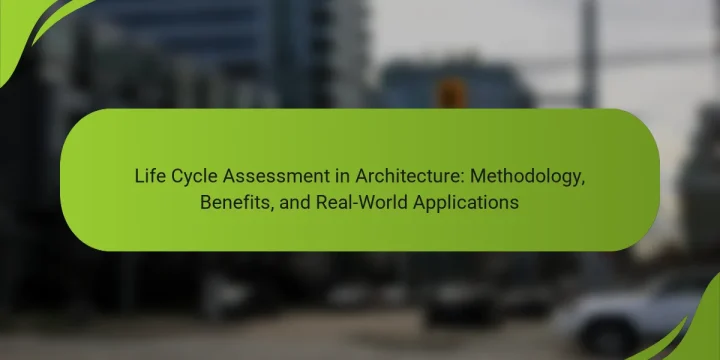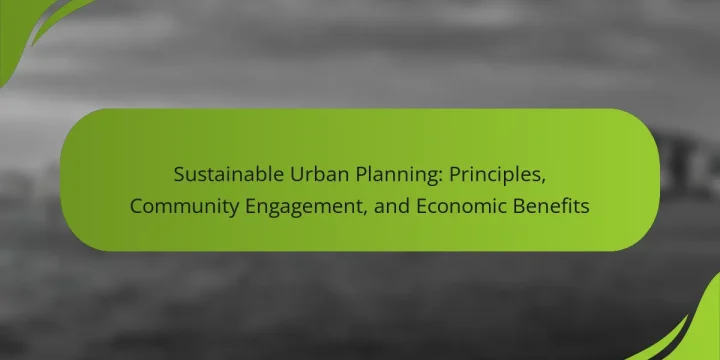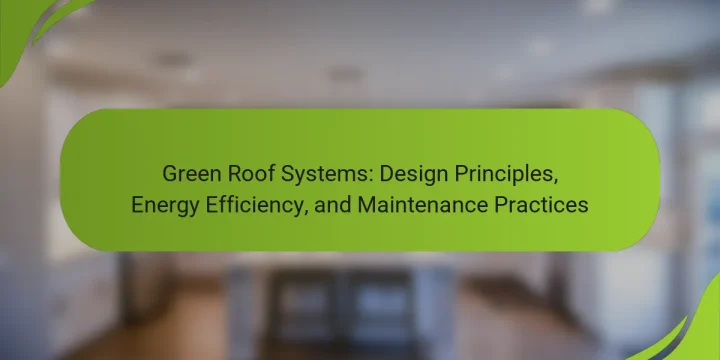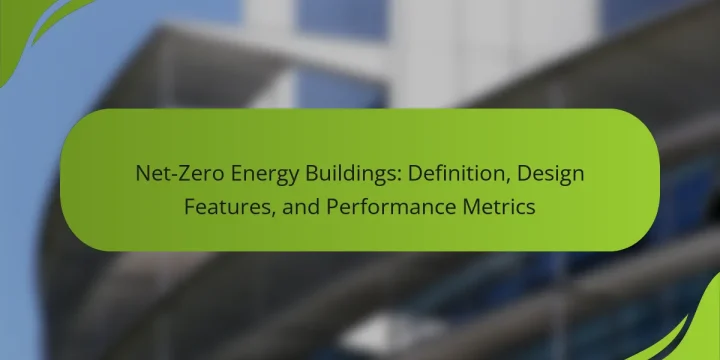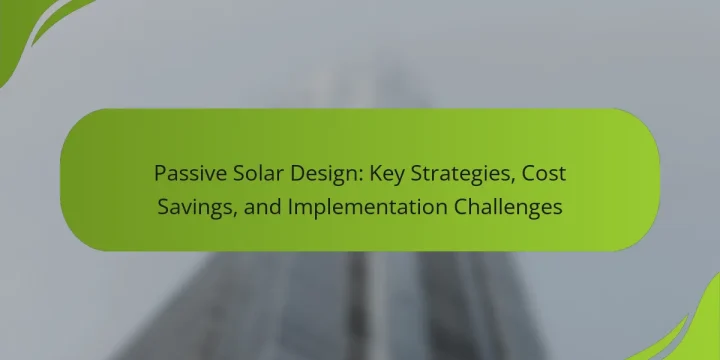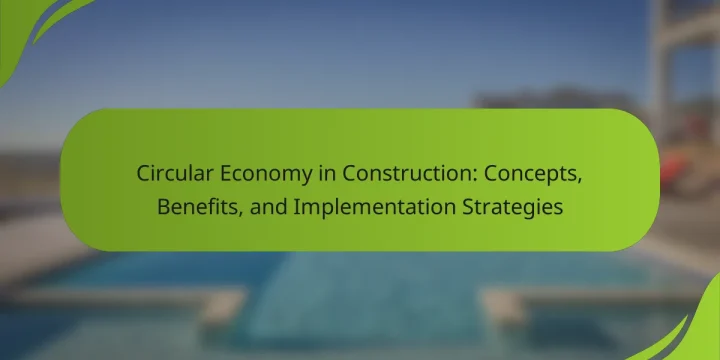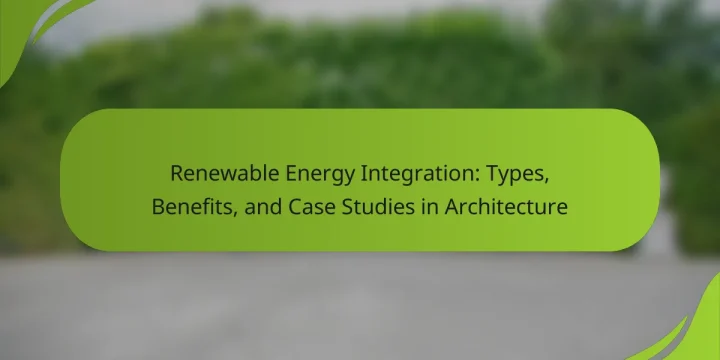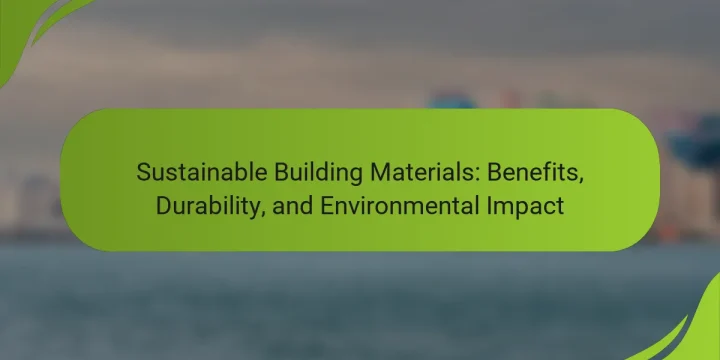
Sustainable building materials are environmentally friendly resources designed to minimize negative impacts on ecosystems while enhancing construction practices. These materials, which include bamboo, reclaimed wood, and recycled metal, are sourced from renewable or recycled origins, contributing to waste reduction and resource conservation. The benefits of using sustainable materials include improved indoor air quality, lower energy consumption, reduced carbon footprints, and increased property value. Additionally, these materials are known for their durability, often matching or exceeding the strength and longevity of conventional options, thereby supporting effective and sustainable construction practices. What are Sustainable Building Materials? Sustainable building materials are resources that are environmentally friendly and designed to minimize negative impacts on ecosystems. These materials often come from renewable sources or are recycled, reducing waste and conserving natural resources. Examples include bamboo,…

